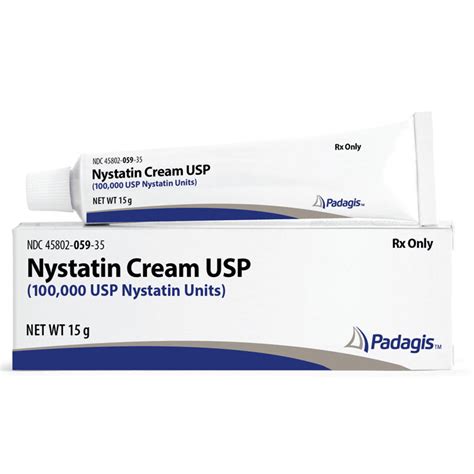Strep throat, also known as streptococcal pharyngitis, is a common and highly contagious infection caused by the Group A Streptococcus bacteria. It primarily affects the throat and tonsils, leading to severe pain and discomfort. Recognizing the signs and symptoms of strep throat is crucial for initiating prompt treatment, which can significantly reduce the duration and severity of the illness, as well as prevent potential complications.
Understanding Strep Throat
Strep throat is more common in children than in adults, but it can affect anyone. The bacteria are spread through respiratory droplets, like those produced by coughing or sneezing, or by coming into contact with contaminated surfaces and then touching your mouth or nose. The incubation period of strep throat, which is the time between exposure to the bacteria and the onset of symptoms, is typically 2 to 5 days.
Signs and Symptoms
The symptoms of strep throat can vary from person to person but often include: - Severe Sore Throat: This is usually the most prominent symptom and can develop quickly. - Fever: Temperatures can range from mild to very high, often accompanied by chills. - White or Yellow Patches on the Tonsils: These patches are collections of pus and can be a clear indication of a bacterial infection. - Swollen, Tender Lymph Nodes in the Neck: This is a sign that the body’s immune system is fighting the infection. - Headache and Exhaustion: These are common due to the body’s effort to combat the infection. - Loss of Appetite and Nausea: Especially in children, due to the throat pain and general discomfort. - Rash: In some cases, a rash can appear, which is more commonly seen in Scarlet Fever, a complication of untreated strep throat.
Diagnosis
Diagnosing strep throat involves a physical examination by a healthcare provider, who will look for signs such as swollen tonsils and lymph nodes. A throat swab is the definitive diagnostic tool, where a sample from the throat is sent to a lab to confirm the presence of Group A Streptococcus. Rapid strep tests can provide results within minutes but may not always detect the bacteria, so a throat culture may be done if the rapid test is negative but strep throat is still suspected.
Treatment
Antibiotics, specifically penicillin or amoxicillin, are the standard treatment for strep throat. It’s crucial to complete the full course of antibiotics as prescribed, even if symptoms start to resolve before finishing the medication. This ensures that the infection is fully cleared and reduces the risk of complications.
In addition to antibiotic therapy, there are several ways to manage symptoms and support recovery: - Stay Hydrated: Drinking plenty of fluids, such as water, tea, or warm soup, can help soothe a sore throat. - Rest: Getting plenty of rest can help the body fight off the infection. - Over-the-Counter Pain Relievers: Medications like acetaminophen or ibuprofen can help reduce fever and relieve throat pain. However, always follow the recommended dosage and consult a healthcare provider before giving any medication to children. - Throat Lozenges: Lozenges can provide temporary pain relief for a sore throat. - Saltwater Gargle: Gargling with warm salt water several times a day can help reduce swelling and kill bacteria.
Prevention
While it’s not possible to completely eliminate the risk of getting strep throat, there are steps you can take to reduce your chances of infection: - Practice Good Hygiene: Wash your hands frequently, especially after being around someone with a strep throat infection. - Avoid Close Contact: Try to avoid close contact with anyone who has strep throat until they have been on antibiotics for at least 24 hours. - Avoid Sharing: Refrain from sharing food, drinks, or utensils to prevent the spread of the bacteria.
Complications
If left untreated, strep throat can lead to complications, including: - Scarlet Fever: Characterized by a rash, this condition is an immune response to the toxins released by the bacteria. - Kidney Inflammation (Glomerulonephritis): A rare but serious complication that can occur weeks after the initial infection. - Rheumatic Fever: A serious condition that can occur if strep throat is not treated promptly and properly, leading to inflammation in various parts of the body, including the heart.
Conclusion
Strep throat is a common infection that requires prompt medical attention to prevent complications and ensure a quick recovery. Recognizing the signs and symptoms and understanding the importance of proper diagnosis and treatment are key to managing the infection effectively. By following the prescribed treatment and taking steps to prevent the spread of the infection, individuals can reduce the impact of strep throat and return to their normal activities sooner.
What is the primary cause of strep throat?
+Strep throat is primarily caused by the Group A Streptococcus bacteria. It is highly contagious and can be spread through respiratory droplets or by touching contaminated surfaces and then touching your mouth or nose.
How is strep throat diagnosed?
+Diagnosing strep throat typically involves a physical examination and a throat swab. The throat swab can be tested immediately with a rapid strep test, or sent to a lab for a throat culture to confirm the presence of Group A Streptococcus.
What are the common symptoms of strep throat?
+Common symptoms include a severe sore throat, fever, white or yellow patches on the tonsils, swollen lymph nodes in the neck, headache, and exhaustion. Some individuals may also experience a loss of appetite and nausea.
How is strep throat treated?
+Strep throat is typically treated with antibiotics, such as penicillin or amoxicillin, which must be taken for the full prescribed course. In addition to antibiotics, over-the-counter pain relievers, throat lozenges, and staying hydrated can help manage symptoms.


